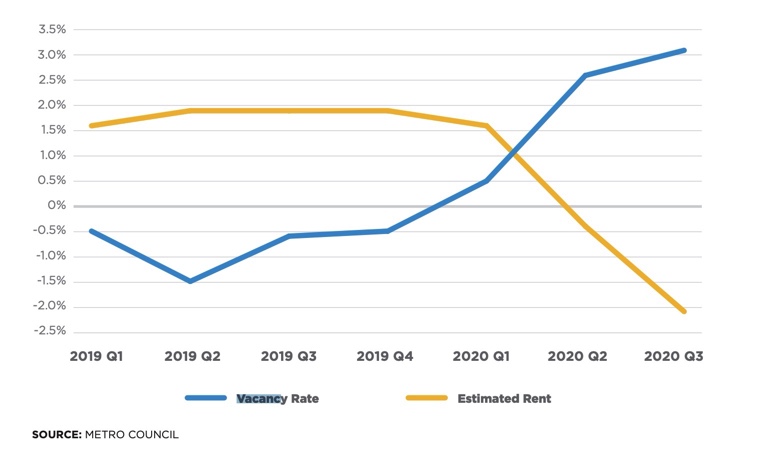Spending on affordable housing won’t improve affordability in St. Paul
After enacting one of the strictest measures of rent control in the nation, St. Paul is set to make a significant investment in affordable housing. As reported by the Star Tribune,
St. Paul and Ramsey County officials plan to spend $74.5 million in federal American Rescue Plan funding on new housing affordable to the area’s poorest residents.
Under the plan city and county leaders unveiled Monday, St. Paul will commit $37.5 million and Ramsey County will commit another $37 million, for a combined total that will be among the largest investments in affordable housing in the nation, leaders said.
The investment will pay for construction of 1,000 permanent affordable units in St. Paul at 30% area median income (AMI) — about $34,000 a year for a family of four.
The COVID-19 pandemic exacerbated an ongoing housing crisis in St. Paul and across the country — and people cannot afford to wait for help much longer, Mayor Melvin Carter said during Monday’s press conference.
“This is a giant step forward as we continue to engage in the broad array of efforts to ensure everyone in our community can secure stable housing as we continue to invest in deeply affordable housing alongside housing at all ends of our community,” Carter said.
In Ramsey County, more than 37,000 families live at or below 30% AMI, said Ramsey County Board Chair Toni Carter. The county estimates that it needs 15,000 new affordable units.
“The commitment and partnership from the federal government will help us add hundreds of new affordable units to the development pipeline in 2022 alone,” she said. “All residents of Ramsey County should have a safe and stable place to call home.”
The city and county will also join the Biden administration’s House America initiative, a U.S. Department of Housing and Urban Development partnership that seeks to address the nationwide homelessness crisis.
Will this have any impact on alleviating the affordable housing crisis?
Most likely not. Even states like California that have spent billions of dollars in affordable housing are finally realizing that it doesn’t work.
Evidence from our report strongly indicates that increasing the housing supply enhances affordability. During the pandemic, for instance, a lot of cities saw rising vacancies, which were accompanied by lower rental prices. This relationship between vacancy rates and rent can be seen in the below graph for Minneapolis.
Figure: Over the Year Percent Change in Vacancy Rate Vs. Over the Year Percent Change in Estimated Rent (Q1 2019 to Q3 2020)

Investment in affordable housing will have little to no effect in alleviating the affordable housing crisis, especially considering the passage of rent control policies, which are already affecting housing construction in St. Paul.